Before we take a look at individual artists working in the genre let us as the question “What is Abstract Art?”
Put simply, Abstract Art is any “Non-naturalistic” art. It doesn’t try to represent an objectively accurate view of reality. Instead, abstract artists focus on using shapes, colors, mark-making and line to achieve an overall impression. This could reflect the artist’s emotional state, theoretical concerns or just an appreciation of particular hues and shades.
The word “abstract” strictly refers to something that exists in thought or ideas, without having a physical or concrete existence. Whilst most (but not all) abstract art will have a physical form – it reflects the importance of ideas and theory above traditional painterly concerns. Instead of directly representing external reality, modern abstract art depicts its effects. This could take any form, from large abstract oil painting on canvas to miniature creations and even video and audio art.
Perhaps the best way to understand this movement is to explore some famous abstract paintings however.
Abstract Art History
Modern abstract art has fascinating history and is an interesting topic. The Abstract Art Movement originated in Europe in the late nineteenth century, but it did not fully emerge until after the turmoil of the two world wars and the decline of classical approaches.
Artists enjoyed unprecedented levels of independence during the nineteenth century. They were freed from traditional structures of patronage and royal control, the industrial revolution. The rise of the middling classes opened up new possibilities to create modern art oil paintings. With several forebears such as Impressionism, Cubism and Expressionism, there are many artists vying for the title of the first abstract artist; these names include Kazimir Malevich, Wassily Kandinsky and even Hilma af Klint.
Abstract art examples
As well as art that seeks to reflect the effects of reality – abstract art can have no relation to external visual stimuli at all. This includes the geometric works of Piet Mondrian and the avant-garde Russian artist and theorist Kazimir Malevich.
Indeed, there is often great crossover between abstract art and other styles. Malevich worked across Impressionism, Symbolism, Fauvism and Cubism (to name just a few). He later developed an approach that moved closer and closer to pure geometric forms and abstraction.
Kazimir Malevich’s Black Square remains one of the most radically abstracted paintings to be created in the entire history of art. Created around the same time as Four Squares (1915) and the imaginatively titled Boy with Knapsack Color Masses in the Fourth Dimension – it was a truly revolutionary image.
Malevich himself referred to these artworks as drawing “an uncrossable line between old art and new art”. Indeed, it inspired Mondrian’s utopian and highly abstracted art in turn. Piet Mondrian was concerned with universal values and aesthetics. His abstract oil painting on canvas aimed to “approach the spiritual in art” through making as little use of reality as possible.
Mondrian’s non-representational style became known as “neoplasticism” – coming out of the De Stijl movement founded alongside Theo van Doesburg. He limited his painterly vocabulary to the three primary colors mixed only with shades of black and white. Paintings such as Composition Red, Yellow, Blue (1930) and the even more stripped-back Lozenge Composition with Two Lines (1931) exemplify this approach. These works remain some of the most famous abstract paintings of all time.
Abstract animal art
Just as Malevich worked across many artistic styles, many other artists straddled abstraction and other movements. Franz Marc is one such example. A leading member of Der Blaue Reiter group (alongside other abstract artists such as Wassily Kandinsky and Paul Klee), he was a prominent proponent of German expressionism as well as abstract animal art.
Franz Marc’s The Large Blue Horses (1911) best exemplifies this cross-over. It simply depicts several horses with bright almost surrealist colors. The artist was fascinated by the ideas of Futurism and Cubism and found deeply spiritual values in color.
Blue (used for so many of his equine portraits) reflected masculinity and religion. Yellow represented feminine qualities and red encapsulated violence and change. Marc’s paintings are masterpieces of abstract art for their simplicity and profound sense of emotion. Even though they’re grounded in visual reality, they’re not dictated by it.
Working around the same time, the abstract wall art of Hilma af Klint similarly depicts animals. Despite her figurative grounding, Hilma af Klint sought to represent universal qualities in her Swan Series. This group of 24 paintings (including such as The Swan, No 3, Group IX boasts a pared-back monochromatic palette reminiscent of Malevich and Mondrian. In alchemy, swans represent the union of opposites – vital elements such as light and dark, life and death, masculine and feminine.
Modern abstract art: two pioneers
No overview of modern abstract art would be complete without delving into the work of two of its leading proponents. These are Wassily Kandinsky and Paul Klee. Rough contemporaries (born 1866 and 1879 respectively), these two artists revolutionized public conceptions of art.
Kandinsky is frequently cited as the father of abstract art. He didn’t actually use the term himself however. Instead, Kandinsky described his devotion to “inner beauty”, “fervor of spirit” and spiritual yearning for truth. Using broad fields of color instead of specific details, Kandinsky’s legendary Der Blaue Reiter paintings particularly aim to express emotional truths.
Terming his smaller, quicker works “improvisations” and more developed pieces “compositions”, Kandinsky’s work is unparalleled in its abstracted beauty. Paintings such as Landscape (1913) and Deepened Impulse (1928) reflect his trajectory into more conceptualized forms.
Whilst Kandinsky embraced color, Klee produced several notable black and white abstract paintings, such as Rhythmical Elements (1930) and Rich Harbor (1938) which employs a monochrome color palette with only the occasional splash of color.
Paul Klee believed this new form of “pure painting” was the future of fine art. Indeed, his particular brand of harmonized color and composition has stood the test of time and is celebrated by art lovers the world over.
As can be seen from this brief introduction, abstract art can take many forms. From the purely geometric shapes of Malevich and Mondrian to the more figurative abstract wall art of Franz Marc and Hilma af Klint, it takes all shapes, forms and inspirations. Why not explore our vast collection of modern art oil paintings to see what inspires you?

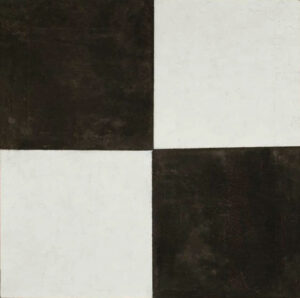
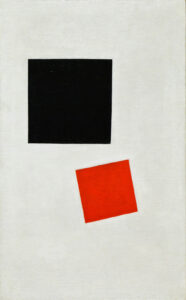
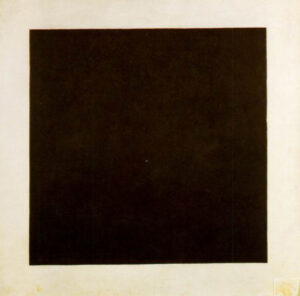
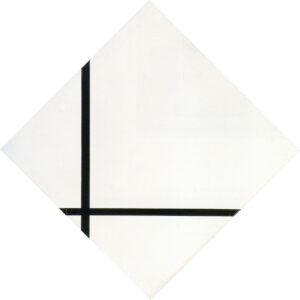
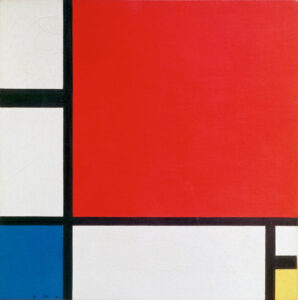
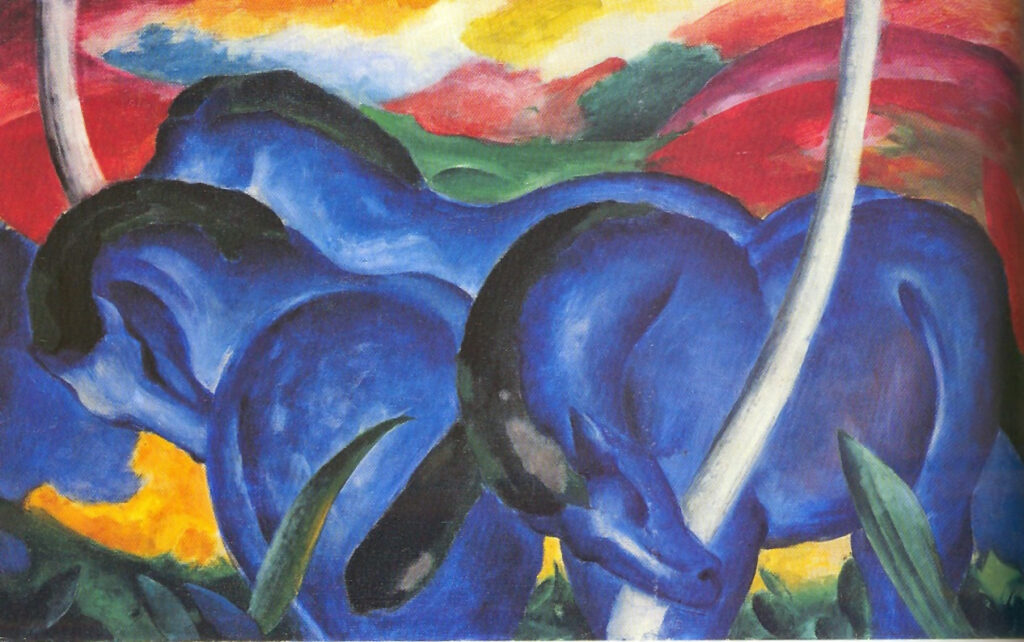
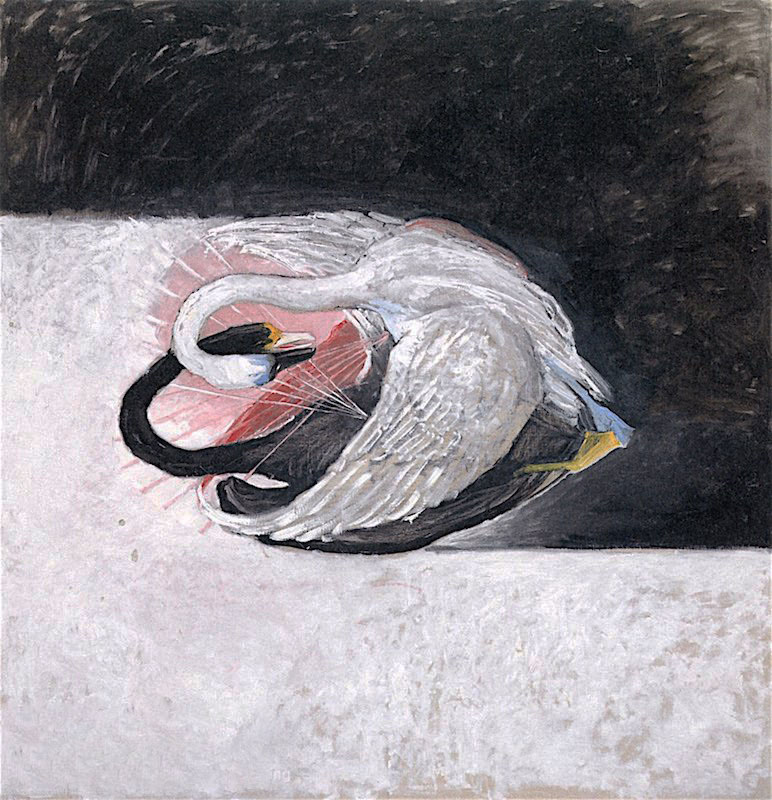
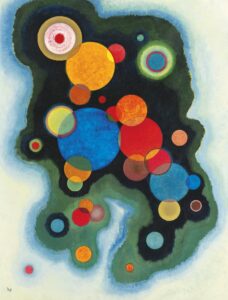
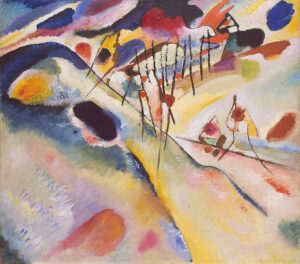
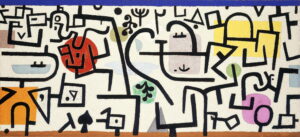
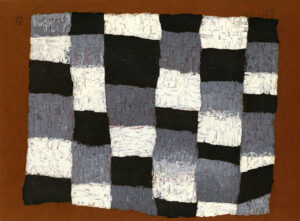
Leave a Reply
You must belogged in to post a comment.